Customer Company Size
Large Corporate
Region
- Asia
Country
- Vietnam
Product
- Acumatica 4.0 Financial Management
- Acumatica Distribution Management Suites
- DMSpro’s vertical Distribution Management solution
Tech Stack
- Microsoft Dynamics
- SAP
Implementation Scale
- Enterprise-wide Deployment
Impact Metrics
- Productivity Improvements
- Cost Savings
Technology Category
- Platform as a Service (PaaS) - Data Management Platforms
Applicable Industries
- Food & Beverage
Applicable Functions
- Logistics & Transportation
- Sales & Marketing
Use Cases
- Supply Chain Visibility
- Inventory Management
Services
- System Integration
- Software Design & Engineering Services
About The Customer
Founded in 1994, Tan Hiep Phat Beverage Group (THP) is Vietnam’s leading beverage manufacturer with business interests in beverage, instant food and plastic packaging. As one of Vietnam’s biggest and fastest-growing companies, THP is a pioneer in healthy bottled drinks, with its “Dr Thanh” herbal tea and other beverages outselling Coca-Cola, Pepsi and other competitors. THP employs more than 4,000 staff and has received numerous accolades, including the “ASEAN Famous Brand Award 2013” and “Vietnam Values 2010”. Ensuring product availability at the right place and the right time via a wide-reaching distribution network is key to the success of Fast Moving Consumer Goods companies (FMCG) such as THP.
The Challenge
Tan Hiep Phat Beverage Group (THP), a leading beverage manufacturer in Vietnam, was facing challenges in managing its wide-reaching distribution network. The company needed real-time visibility and enhanced capabilities to better manage its network of more than 200 distributors in 64 cities and provinces across the country. The existing decentralized Microsoft Dynamics system was not providing accurate data, which were consolidated at the distributors’ end. The system was also cost-prohibitive as it required a server and client license for each THP distributor. There were also concerns with security and data integrity, as the same administrative password was used by its distributors for system access.
The Solution
In 2013, THP decided to invest in a centralized platform to gain real-time visibility and accurate understanding of market demand, distributors’ sales performance and their capacity. The company chose Acumatica for its ability to establish a single database at the company headquarters, providing real-time information for all THP staff, distributors and salespersons, while streamlining communication across its distributor network. Acumatica's user-friendly, 100 percent browser-based interface eased user adoption and enabled secured anytime, anyplace access from any device. Its system-level, open API enabled easy customization of reports; protected investment by integrating with THP’s existing back-end SAP system, and extended ERP capabilities with DMSpro’s vertical solution which tightly integrates with Acumatica. Assisted by DMSpro, an Acumatica Gold Partner, THP deployed Acumatica 4.0 Financial Management and Distribution Management Suites in a hosted environment.
Operational Impact
Quantitative Benefit

Case Study missing?
Start adding your own!
Register with your work email and create a new case study profile for your business.
Related Case Studies.

Case Study
The Kellogg Company
Kellogg keeps a close eye on its trade spend, analyzing large volumes of data and running complex simulations to predict which promotional activities will be the most effective. Kellogg needed to decrease the trade spend but its traditional relational database on premises could not keep up with the pace of demand.
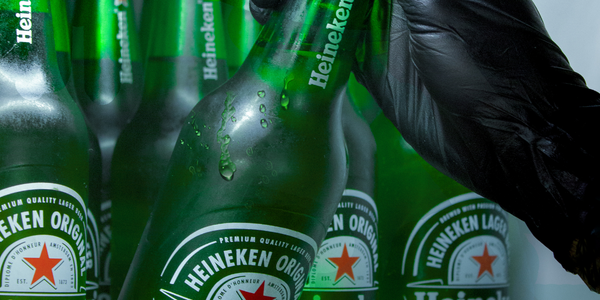
Case Study
HEINEKEN Uses the Cloud to Reach 10.5 Million Consumers
For 2012 campaign, the Bond promotion, it planned to launch the campaign at the same time everywhere on the planet. That created unprecedented challenges for HEINEKEN—nowhere more so than in its technology operation. The primary digital content for the campaign was a 100-megabyte movie that had to play flawlessly for millions of viewers worldwide. After all, Bond never fails. No one was going to tolerate a technology failure that might bruise his brand.Previously, HEINEKEN had supported digital media at its outsourced datacenter. But that datacenter lacked the computing resources HEINEKEN needed, and building them—especially to support peak traffic that would total millions of simultaneous hits—would have been both time-consuming and expensive. Nor would it have provided the geographic reach that HEINEKEN needed to minimize latency worldwide.
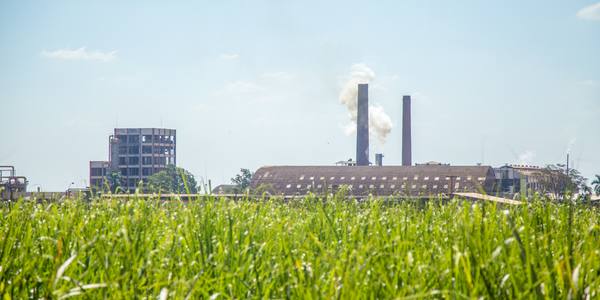
Case Study
Energy Management System at Sugar Industry
The company wanted to use the information from the system to claim under the renewable energy certificate scheme. The benefit to the company under the renewable energy certificates is Rs 75 million a year. To enable the above, an end-to-end solution for load monitoring, consumption monitoring, online data monitoring, automatic meter data acquisition which can be exported to SAP and other applications is required.
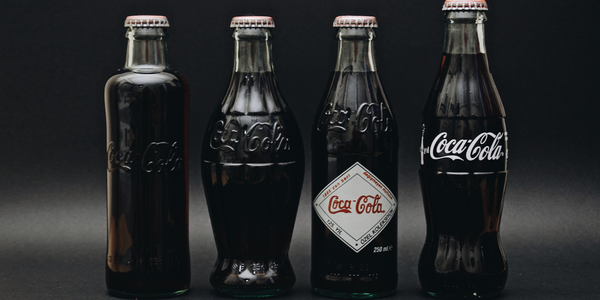
Case Study
Coca Cola Swaziland Conco Case Study
Coco Cola Swaziland, South Africa would like to find a solution that would enable the following results: - Reduce energy consumption by 20% in one year. - Formulate a series of strategic initiatives that would enlist the commitment of corporate management and create employee awareness while helping meet departmental targets and investing in tools that assist with energy management. - Formulate a series of tactical initiatives that would optimize energy usage on the shop floor. These would include charging forklifts and running cold rooms only during off-peak periods, running the dust extractors only during working hours and basing lights and air-conditioning on someone’s presence. - Increase visibility into the factory and other processes. - Enable limited, non-intrusive control functions for certain processes.
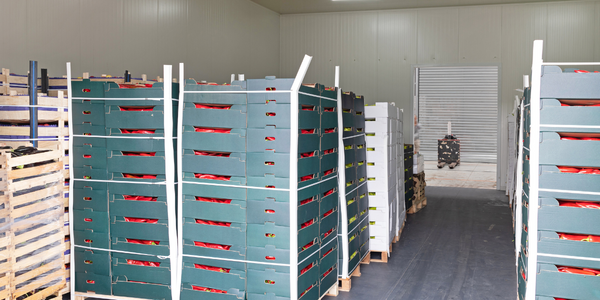
Case Study
Temperature Monitoring for Restaurant Food Storage
When it came to implementing a solution, Mr. Nesbitt had an idea of what functionality that he wanted. Although not mandated by Health Canada, Mr. Nesbitt wanted to ensure quality control issues met the highest possible standards as part of his commitment to top-of-class food services. This wish list included an easy-to use temperature-monitoring system that could provide a visible display of the temperatures of all of his refrigerators and freezers, including historical information so that he could review the performance of his equipment. It also had to provide alert notification (but email alerts and SMS text message alerts) to alert key staff in the event that a cooling system was exceeding pre-set warning limits.
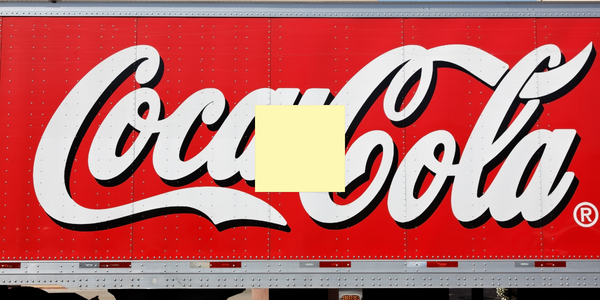
Case Study
Coca-Cola Refreshments, U.S.
Coca-Cola Refreshments owns and manages Coca-Cola branded refrigerators in retail establishments. Legacy systems were used to locate equipment information by logging onto multiple servers which took up to 8 hours to update information on 30-40 units. The company had no overall visibility into equipment status or maintenance history.







